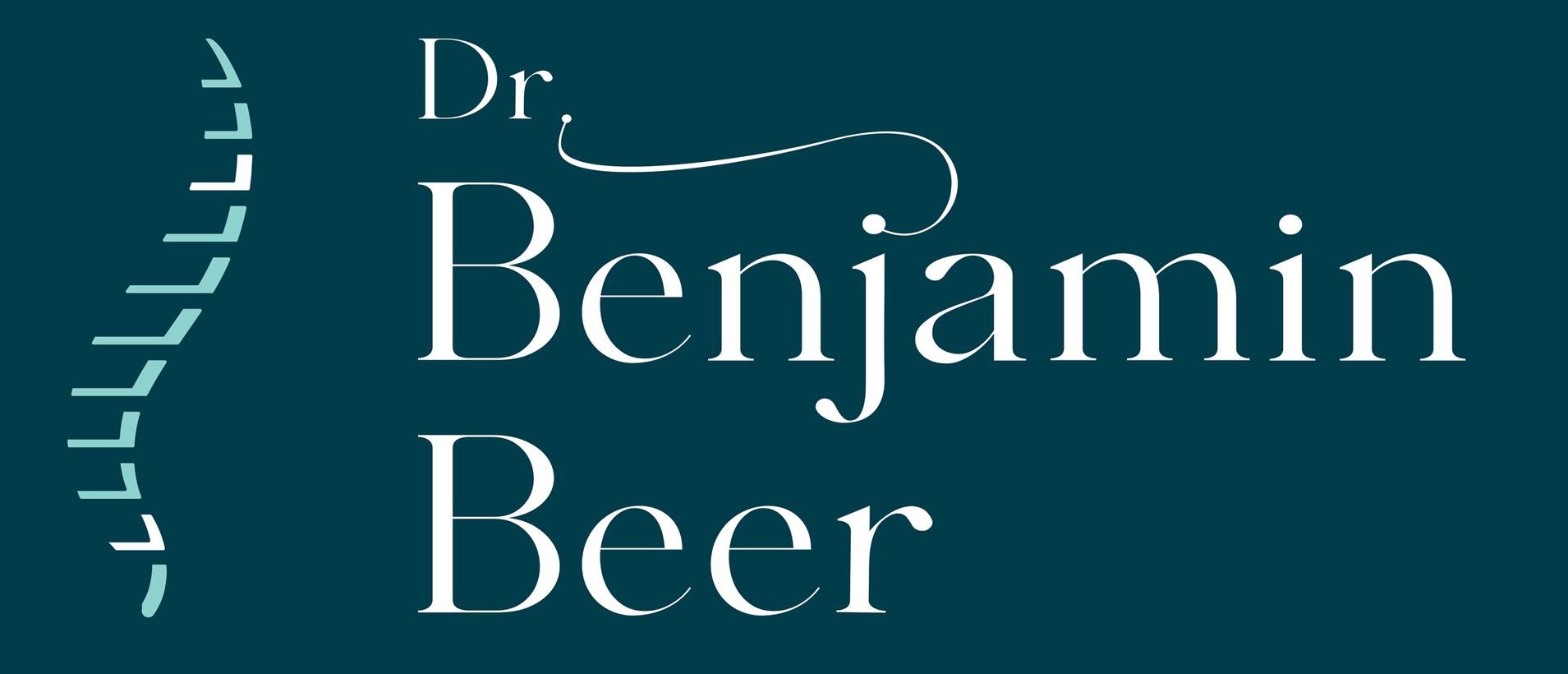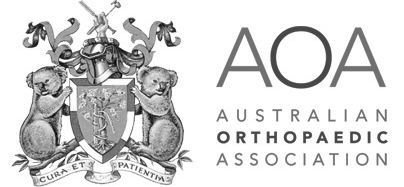Frequently Asked Questions
Why do I get back pain?
Back pain can result from a variety of factors, such as muscle strain, herniated or injured discs, spinal stenosis, or degenerative conditions like osteoarthritis. Lifestyle factors like smoking, poor posture or obesity and the sedentary lifestyle of the modern human also contribute.
How does my back cause leg pain?
Back issues like herniated discs or spinal stenosis can compress spinal nerves, leading to radiating pain, numbness, or weakness in the legs in the distribution of the affected spinal nerves, a condition often referred to as sciatica. Pain from structures in the back and sacro-iliac joints can also cause radiation in a non-anatomical (ie more diffuse/vague) distribution.
How does my neck cause arm pain?
Compression or irritation of the nerves in the cervical spine (neck) can cause radiating pain, numbness, or tingling in the arms, neck, upper back or even headaches.
How does my neck cause headaches?
Tension in the neck muscles or nerve compression can result in cervicogenic headaches, which originate from the neck but are felt in the head.
Can my back/leg pain be fixed with/without surgery?
Both surgical and non-surgical options exist for treating back and leg pain. Non-surgical methods like physical therapy, medications, injections, psychotherapy are often tried first as they have less risks than surgical treatment. Surgery is considered if conservative treatments fail.
Can my arm pain be fixed with/without surgery?
Arm pain can often be treated with non-surgical methods like medication and physical therapy. Surgery, like cervical decompression, may be considered if symptoms persist or worsen.
Can my neck pain be fixed with/without surgery?
Neck pain can often be addressed through non-surgical methods such as physical therapy or medication. Surgery may be recommended for severe cases involving nerve or spinal cord compression or spinal instability.
How/why do you operate on the spine from the front?
Operating on the spine from the front (anterior approach) allows for direct access to affected discs or vertebrae which are commonly the cause of recalcitrant back pain or spinal cord/nerve compression. Counter-intuitively, access from the front is done with less destruction in particular less muscle disruption. This approach may be used for conditions like herniated discs, discogenic pain, spinal cord/nerve compression or spinal instability.









